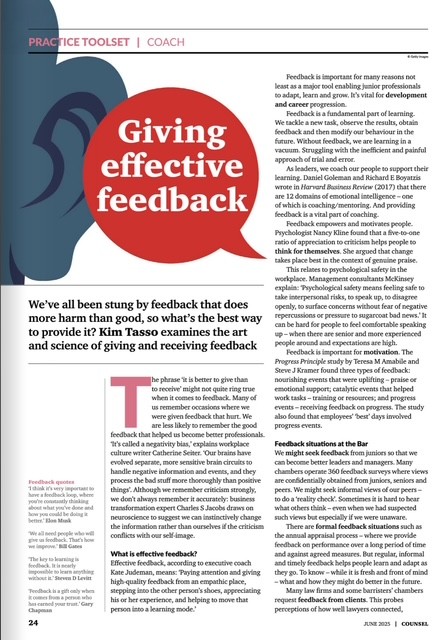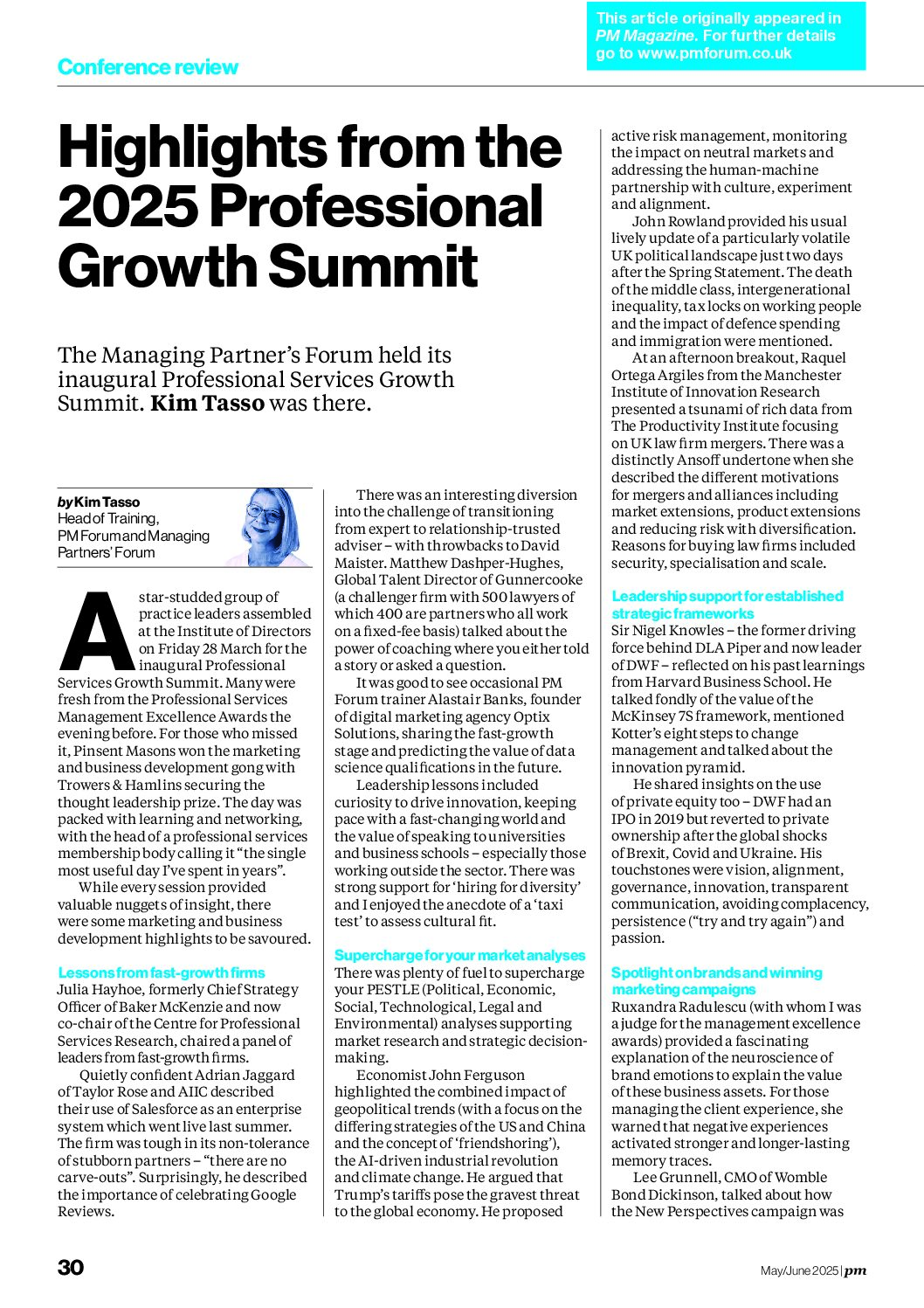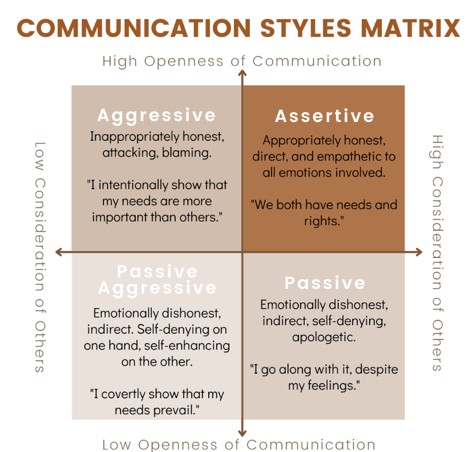
I reviewed this book (Let’s get real or let’s not play – The demise of dysfunctional selling) back in March 2003 for Professional Marketing magazine http://www.pmforum.co.uk/magazine/index.aspx but as a couple of people have asked about Frank Covey sales techniques lately I thought it was worth digging it out again.
As well as writing my own book on selling for the professions http://kimtasso.com/publications/books/dynamic/ I have read almost as many sales books as I have had hot dinners – searching for those that might be most suitable for the professions.
This one is good. Really good. It’s just 240 pages and a gentle but enjoyable read. It has masses of good examples of effective and real sales dialogue and practical guidance of the whole process through the use of a sound and structured methodology. The underlying value is that you only proceed if your solution really will help the client overcome a genuine issue. Integrity oozes from every page of this book and the professions will love it.
The author is a world-renowned business development consultant with an MBA from Harvard. He is part of the Franklin Covey international professional services and leadership development firm which also promotes “The seven habits of highly effective people” as well as other trademarked management tools.
Early on the book considers how the two essential dimensions of IQ for critical thinking and EQ for our social skills in combination allow us to ask the hard questions in a soft way. “Intent means more than technique” explains how trust can be built by ceasing to worry about your numbers (quotas and targets) and concentrating on your client’s numbers. The author adds wisely that clients would rather do business with people who don’t need the business. Possibly with the professions in mind, there is sound advice to “check your ego at the door” to avoid demonstrating your own brilliance. A related key concept is that of “No guessing” – thus the need to ask questions, clarify meaning, obtain numbers and understand the expectations before attempting to find a solution.
A useful metaphor of traffic signals is used to explain how consultants (rather than ‘salespeople’) need to slow down for yellow (warning) lights in sales situations rather than speeding ahead to avoid the red. The advice is therefore if you suspect that all is not well, then you must find a way to say it and explore the situation with the client. The methodology (called “ORDER”) is introduced – Opportunity, Resources, Decision process, Exact solution and Relationship. And each of these has a number of sub-stages.
The remainder of the book goes into each of these stages in some depth – providing lots of fantastic insights and useful advice for tackling the various issues that arise. There are the best bits from many other sales approaches (e.g. pain or gain motivation), useful questions to get clients to really open up and a matrix to analyse problem evidence against impact.
There are techniques to help the client quantify the extent of the problem in financial terms which may be more difficult to achieve in the accountancy, legal and property professional situations – although an approach to qualifying where this is the case is provided.
It provides a guide to exploring both organisational and operational impacts of the issues and links to the Organisational Effectiveness Cycle™ (OE Cycle). The need to elicit decision criteria (for both ideal implementation of the solution and for the ideal solution provider) is examined.
There is advice on how to deal with situations where either there is no or an inadequate budget and help to understand the decision process (“How you sell is a free sample of how you solve”). A variety of tricky situations (e.g. the incumbent advisers, other competitors, Do-It-Yourselfers and internal politics) are managed in the same professional way.
I particularly liked the discussion and tips around “Proposals don’t sell – people do” and “Never present in writing what you could present in person”. There is a brief section about price negotiation and quotes a study which shows that 65% of clients who gave price as a primary reason had it only as a secondary concern. Reassuringly for the risk-averse and unforgiving professions, it suggests “There is no failure – just more information about how to succeed” – ensuring that you learn from every selling situation and preserve the ongoing relationship. At this point, there are some good ideas on generating more work from existing clients which the professions will find very useful.
The book provides worksheets to work through the various stages of the process with clients. This is absolutely a ‘must have’ book for anyone involved in business development in the professions. A five star recommendation.









